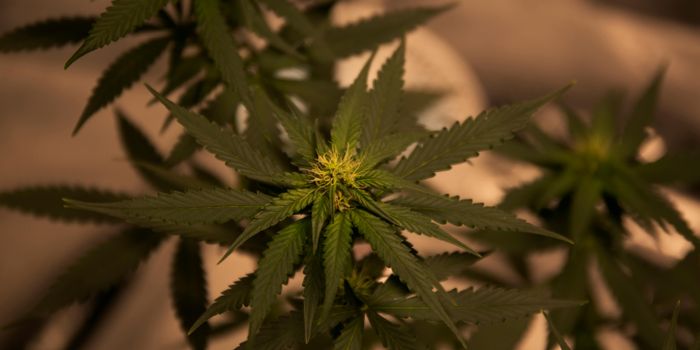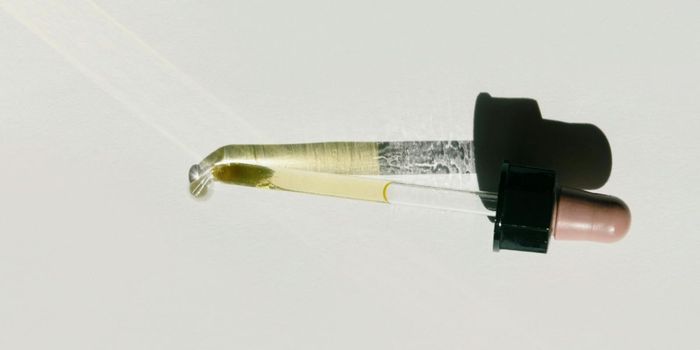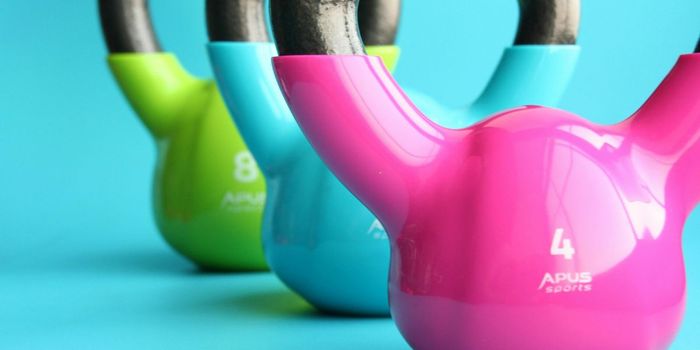Study Examines Link Between High THC Cannabis and Psychosis
A University of Bath research team examined the effects of higher-potency cannabis on young people. The study found that individuals between the ages of 16 and 18 are more likely to have psychotic experiences from age 19 to 24 compared to individuals using lower-potency cannabis. The findings published in the journal Addiction suggest that higher-potency cannabis poses a significant threat to young people's mental wellness.
The researchers analyzed data from the Children of the 90s study. This study started over 30 years ago and involved data collection from thousands of families in Bristol. The study included roughly 14,000 individuals tracked from birth. At ages 16 to 18, participants answered survey questions about recent cannabis use. At age 24, they disclosed their primary cannabis type and reported any psychotic experiences.
The research team discovered that the concentration of the psychoactive cannabis compound tetrahydrocannabinol (THC) has increased by 14% from 1970 to 2017. The study also revealed that 6.4% of participants who used cannabis had new psychotic experiences, while only 3.8% of non-users had psychotic experiences.
10.1% of participants using higher-potency cannabis disclosed more new psychotic experiences, compared to 3.8% of participants who use lower-potency cannabis.
Consumers of higher-potency cannabis were more likely to report new psychotic experiences after starting to use cannabis compared to those who use lower-potency cannabis. Lead study author Dr. Lindsey Hines elaborated on the findings of this longitudinal cohort study: "Young people using higher-potency forms of cannabis are twice as likely to have experiences associated with psychosis, such as hallucinations and delusions. Importantly, the young people we asked had not previously reported these experiences before starting their cannabis use. This adds to the evidence that use of higher-potency cannabis may negatively impact mental health." The study's findings can inform public health policy that restricts young people's access to higher-potency cannabis.
Sources: Addiction, Children of the 90s study, Eureka News Alert, University of Bath








